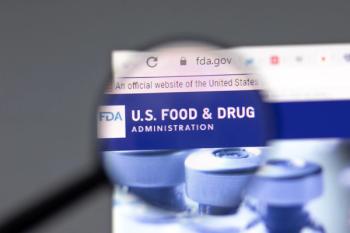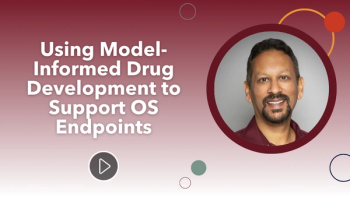
- Applied Clinical Trials-12-01-2016
- Volume 25
- Issue 12
FDA Binding Guidance: A Pivotal Milestone for CDISC Standards
For those still waiting, the time is now to get compliant on FDA's new data submission requirement.
The benefits of implementing CDISC standards in research studies are numerous-fostered efficiency, enhanced innovation, increased predictability, complete traceability, improved data quality, reduced costs, streamlined processes-all ensuring the integrity of your data from end to end. Not only is implementing CDISC standards an industry best practice, it is now an FDA requirement for NDAs, ANDAs, BLAs, and DMFs on studies that start after December 17, 2016.
Sponsors must submit data in FDA-supported formats listed in the FDA Data Standards Catalog, which specifies the use of CDISC standards: SDTM, SEND, ADaM, Define-XML and Controlled Terminology. PMDA (Japan) already sounded the clarion call, issuing its own requirements, which went into effect in October. This mandate should take no one by surprise; under the umbrella of Food and Drug Administration Safety and Innovation Act (FDASIA) Guidance, the Final Guidance on Data Standards was published December 17, 2014, allowing a two-year grace period for sponsors to comply.
Submitting standardized data is a tremendous help to regulatory reviewers, allowing them to receive, process, review and archive submissions more effectively, hopefully increasing the likelihood of a successful review at the first attempt, thus getting your drug to market quicker. The FDA has tools designed to work with datasets conforming to CDISC standards so that reviewers can run routine analyses quickly and efficiently. These tools also provide standard data visualizations that allow a reviewer to explore data easily.
As a supplement to the binding guidance, the FDA issued the Technical Conformance Guide, a non-binding guidance document that provides
specifications, recommendations and general considerations on how to submit standardized study data. It contains essential information for sponsors to ensure they prepare a complete and robust submission data package that facilitates regulatory review. This should help to minimize the number of clarifying questions from reviewers related to data format and content during a review.
Specifically, the Guide provides information that sponsors need to consider along with the CDISC standards and provides detail and insight into FDA-specific requirements. The following list represents an example of topics included:
- Study Data Standardization Plan
- Study Data Reviewer’s Guide
- Analysis Data Reviewer’s Guide
- SDTM General Considerations
- Controlled Terminologies
- Data Validation and Traceability
Though it is not referenced in the FDA’s Data Standards Catalog, it is important for sponsors to consider implementing CDASH, the CDISC standard for data collection, as they begin studies. CDASH helps reduce risks associated with downstream data mapping to SDTM from a non-CDASH source. It also lets sponsors collect data in a manner that is conformant with SDTM, provides traceability to the point of collection and offers efficiency though simple mapping to SDTM datasets.
The industry has been awaiting the regulation on submission data standards for many years and that day is now upon us. The FDA has also been encouraging industry to use these standards for many years. The industry has taken on the challenge, and most companies have considerable experience implementing the standards. So while this is an important milestone, compliance with the regulation should be an easy reach for most within the industry. However, for those that have been waiting on the sidelines, this is the call to action. Remember that the FDA now reserves the right to reject non-compliant submissions.
Barrie Nelson is Vice President, Standards, Terminology and Technical Services, CDISC
Articles in this issue
almost 9 years ago
Using Public and Private Data for Clinical Operationsalmost 9 years ago
Biomedical R&D Faces New Regulatory Policies and Prioritiesalmost 9 years ago
ICH Approves GCP Guideline Amendmentalmost 9 years ago
How Important is Big Data?almost 9 years ago
Europe’s Drug Regulators Eye a Post-Brexit Prizealmost 9 years ago
IRB-Investigative Site Relationship Makeoveralmost 9 years ago
New Benchmarks for Trial Initiation Activitiesalmost 9 years ago
Exploring the Role of the Regional Coordinatoralmost 9 years ago
The Role of Big Data in Clinical Trialsalmost 9 years ago
Updated CDISC GlossaryNewsletter
Stay current in clinical research with Applied Clinical Trials, providing expert insights, regulatory updates, and practical strategies for successful clinical trial design and execution.






.png)



.png)



.png)
.png)
